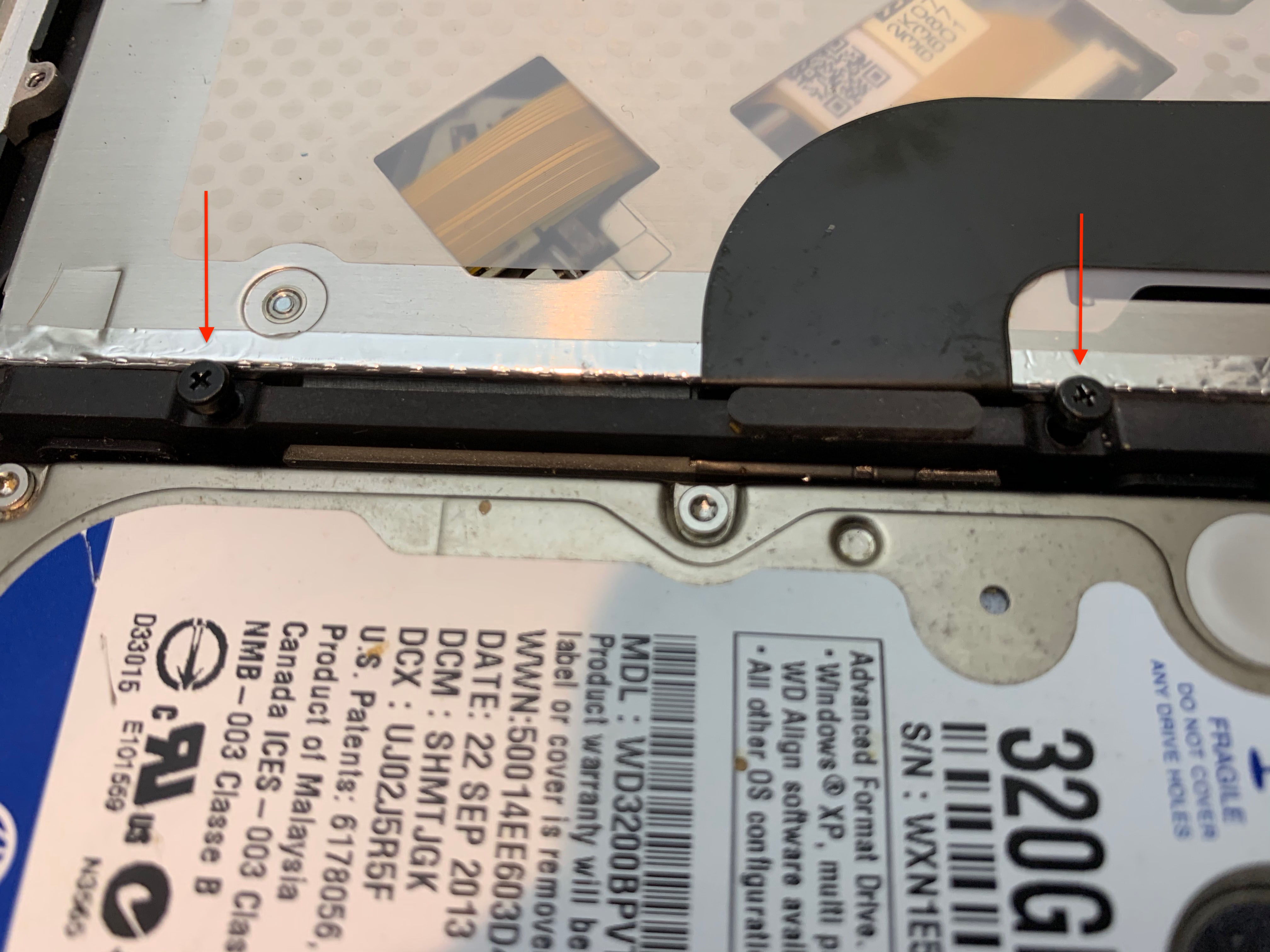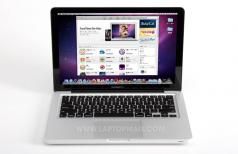

You can also boot into recovery mode by holding down Command-R at startup, then you go through the steps to set up the new drive. It will still boot from the old hard drive, but when Finder launches, it should offer to initialize your brand new hard drive if you haven’t formatted it or cloned your data to it already. Reinstall the camera and right speaker/subwoofer cables, put the AirPort/Bluetooth bracket back together and reinsert the screws you removed before reconnecting the battery and putting the MacBook Pro’s back plate back on and replacing the screws to complete the upgrade.įinally, boot your MacBook Pro.

Go through the previous steps, reinserting the hard drive, optical drive and AirPort/Bluetooth cables back into their slots on the logic board. Once the enclosure is in place, swap the hard drive screws over to your new storage device, attach the hard drive cable, insert the new drive into place and replace the hard drive bracket. Remove the screws holding the AirPort/Bluetooth bracket into place, then remove the AirPort/Bluetooth bracket itself, then disconnect the right speaker/subwoofer cable from the logic board before disconnecting the hard drive and optical drive cables from the logic board. Step 3: Disconnect other items Photo: Chris Barylickĭisconnect the optical drive cable, camera cable and the cables hooked into the AirPort/Bluetooth bracket around the top left hand side of the computer. Remove the bottom plate, put it to the side and disconnect the battery before you proceed. Step 2: Disconnect the battery Photo: Chris Barylick Turn the MacBook Pro upside down and discharge any static from your body by touching a piece of metal and begin removing the screws, keeping them organized as you go. Place your Unibody MacBook Pro on a soft, static-free surface.

Step 1: Open the laptop Photo: Chris Barylick Not only is it always good to back up your data before doing a hardware upgrade, you can use the backup to set up your new primary storage device.
#How to replace macbook pro 2011 hard drive 13 inch driver

Sometime around 2008 and with the advent of the first MacBook Air, Apple made the declarative statement that the end was in sight for optical drives built into its notebooks.


 0 kommentar(er)
0 kommentar(er)
